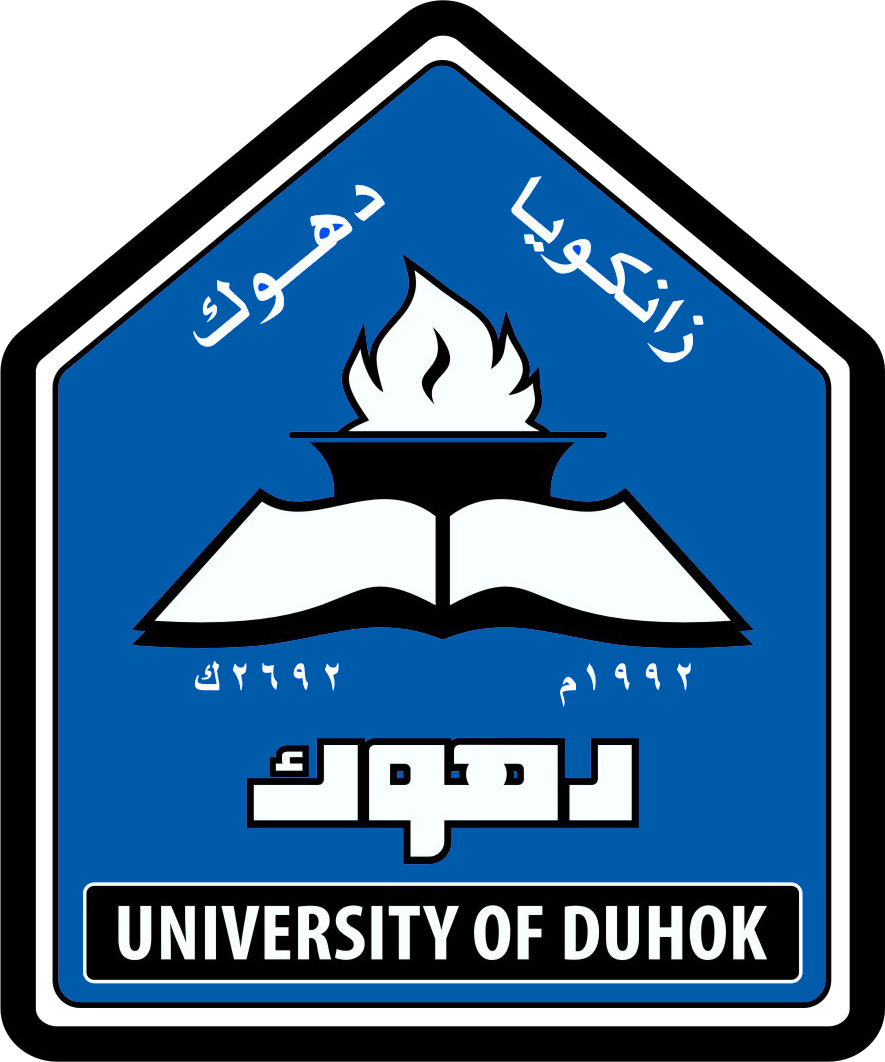Duhok City
Duhok City
The Most Peaceful Place All Over Iraq
Geography
The city of Duhok is embraced by two chains of mountains, Bekhair to the north and northeast and Zaiwa in the southeast. These mountains confer the city a linear shape and special landscape. The city lies in the northwest of Iraq and western part of Kurdistan region, about 470 km north of Baghdad and 430-450 m above the sea level. Along with another five districts Sumeal, Zakho, Amedy, Sheikhan and Akre, Duhok city make up the area administrated by Duhok governorate. Duhok covers 10715 square km and lies on latitude 36 north and longitude 43 east. There are two rivers passing through the city; the first one is called Duhok River, whilst the second one which is smaller and seasonal called Heshkarow River. Both rivers meet up in the southwest of the city, and the water is mainly used for irrigation purposes which help preserving the nearby green areas.
History
Throughout the history to the present time Duhok has acquired a strategic position historically and geographically. The city was a trouble zone between disputed forces; Assyrian state in Nineveh and Urartu, Kutians and Meetanians Kingdoms. Nevertheless, Duhok has gained and maintained its identity as a commerce passage from its important location as a junction between Iraq, Turkey, and Syria and as a gateway for Iraqi Kurdistan. This is evident from reliable historic records and the existing remains in the city. Moreover, based upon the most acceptable theory, which further backup its identity, the name of Duhok is thought to be comprised of two words; (Du) means (two) and (Hok) means (lump) in Kurdish language. Two lumps was a notice of tax payment during the era of Prince Ak- Shindow in the reign of Nouzi Kingdom who ordered to take two lumps as a tax from the basket of each passing caravan that often carry wheat and barley.
Duhok joined the Badinan Emirate during 14th-18th Century under the reign of Sultan Hassan Beck Bin AL- Emir Saifadeen, and it remained under the Emirate control until its collapse in 1842 AC. Afterwards, Duhok city joined Mousl Brigade during which Duhok territory was formed in 1873 AC when Mousl Brigade was overrun by the British army after the First World War. On 27th May 1969 Duhok Governorate was formed and the city became the center of Duhok governorate. There are numerous heritage sites across Duhok city that witness various periods of the city.
The rural-urban migration and refugee returning over the last two decades caused the population records to grow significantly. For instance, the Anfal campaigns which was carried out against Kurds between 1978 and 1989 in different places of Iraqi Kurdistan deported thousands, killed more than 182,000 people and destroyed more than 2.000 villages. This population shifting has led to unplanned city expansion from its southern, western and eastern parts. The immigrants has settled mainly inside the city. People still retain and recall painful stories about the city's eventful history and incidents they went through during Saddam’s era for more than three decades. After 1991 uprising and the declaration of No Fly Zone in northern Iraq by the coalition forces the Iraqi Kurdistan region has functioned as a de facto state. Under the democratically elected KRG ruling, people are eagerly looking forward for optimum standards of living. In turn this explains why Iraqi Kurdistan, Duhok in particular, continue to be the most peaceful place all over the Iraq.
Society
Tellingly, Duhok is a multi-culture and multi-religion city with a population of approximately 350000 inhabitants; which is 1/3 of the entire governorate population. Ethnically, Kurds form the majority, while groups of Assyrians, Chaldeans, Arabs and Armenians represent the minority. The dominant religion in Duhok is Islam with Sunni Moslem, but minorities of Iyzdi and Christian religions are also practiced.
Duhok is characterized by many socioeconomic potentials, primarily due to its strategic location for trade and tourism, natural and cultural heritage, wide agricultural landscapes and farming background of their inhabitants. Despite all these vital resources they have not been used sufficiently an ample attention has been focused on highways, bridges, residential projects and basic infrastructures. In recognition of KRG efforts in the fields of reconstruction, investment and maintaining security, the commercial sector has flourished and Duhok is now considered as an important commercial center for Kurdistan region.
Tourism
Duhok is well-known for its impressive natural Landscape, and it is one of the most attracted area for tourist where the residents can sense the four seasons. Duhok Dam, Zaweta, Sarsang, Amedy, Akre, Zakho and Sulav are the most important places that attract tourists.
Duhok has rich ancient heritage and historical ruins which dates back to 705-681 BC. There are more than 42 archeological sites such as Grand Mosque , Old Bazar in the city center, Saint Ith Ilaha church, and Charstin, Shindokha and Hallamat caves.
Finally, even though Duhok has seldom been the heading of investors and attempting to relocate itself as a modern city with vast reconstructions, commercial and educational activities but it has been of prime historical values since long time. It is worth to mention that, after a great academic efforts and since February 2011, Amedy Castle has been included within the tentative list of UNESCO World Heritage Site paving the way for it to become the centre of proud Kurdish heritage landmark.
Videoclip is from Azadin Emalay
